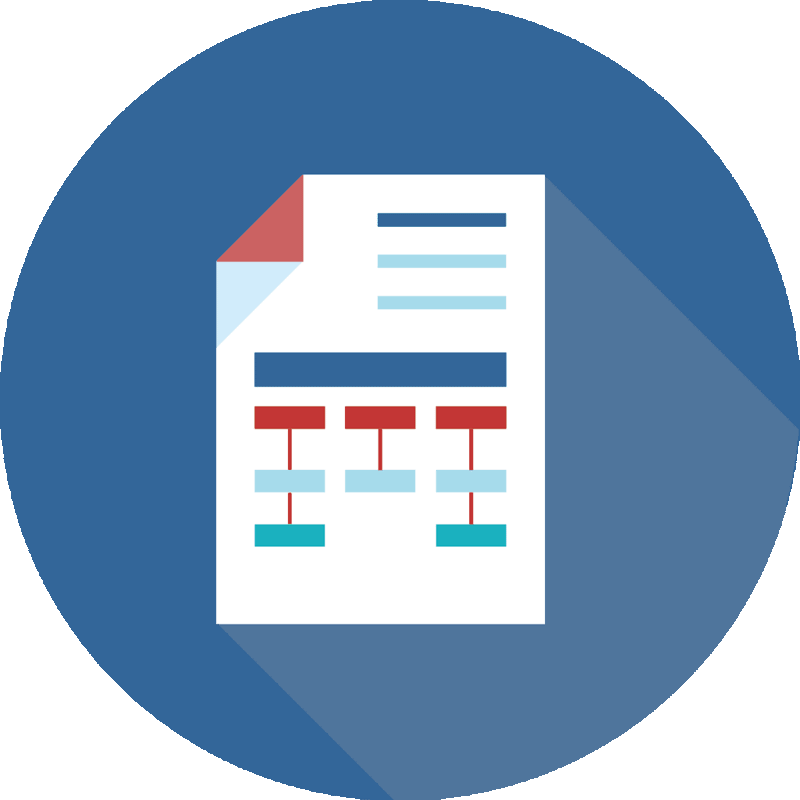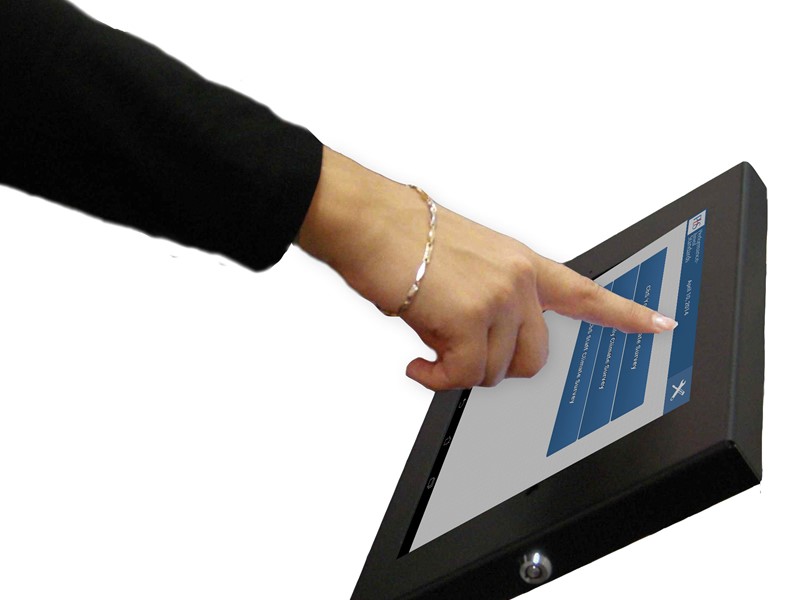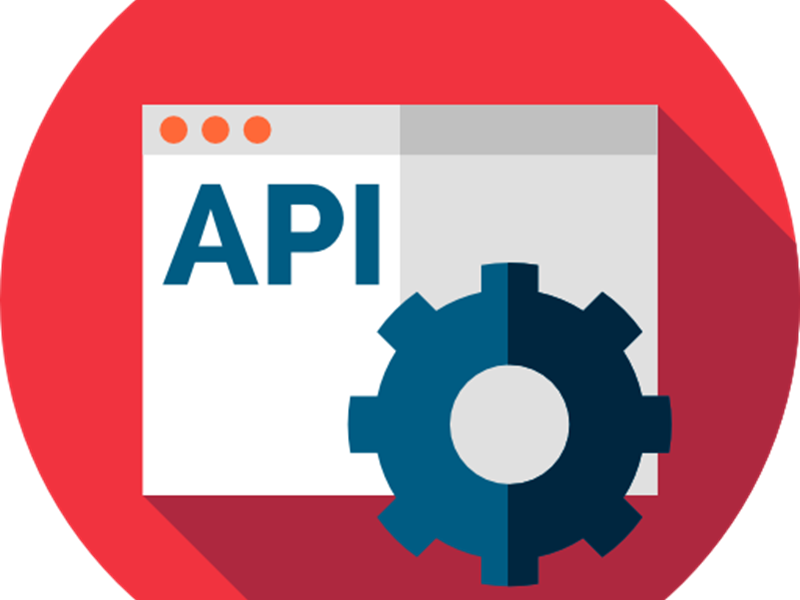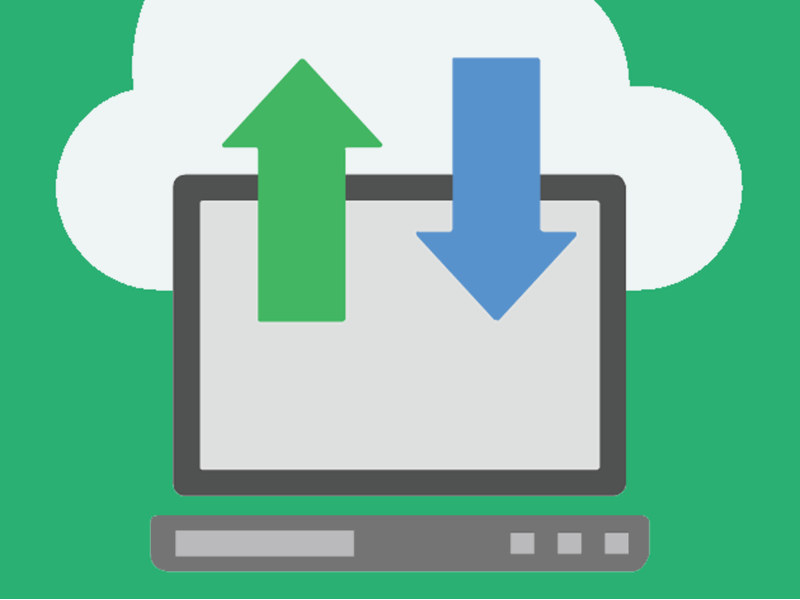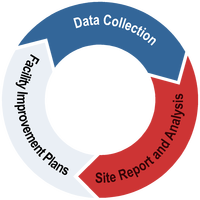
Continuous Improvement Cycle
PbS builds performance improvement and accountability into agency, facility and program operations using a three-part cycle of activities: collecting data, analyzing the performance outcomes and summary data reports and the heart of PbS: using the data to create improvement and reforms. The PbS data-driven improvement model identifies, monitors and improves conditions of confinement and treatment services in residential facilities and programs using national standards and performance outcome measures.
Collecting Data
Twice a year PbS participants collect information by surveying youths, staff and families, and reporting administrative data, unusual incidents and the services offered by the facility or program.
Learn more about Data Collection
Analyzing Performance
Participants are given analysis tools to identify what works and what needs to be improved in clear and easy to read reports.
Creating Improvements
Using the analysis of the data, participants work with a coach to develop an improvement plan that sets the targets for change and the strategy and individuals to implement the improvement plan.
Streamline Data Collection Using Cutting Edge Tools
Advanced Technology
PbS technology is designed to minimize data collection efforts and increase the amount and accuracy of data reported.
Apply To Join
PbS uniquely offers participants outcome measures aligned with research and best practices to manage facility and program operations, programs and services in a timely manner so leaders and staff can continuously monitor conditions of confinement and quality of life.
